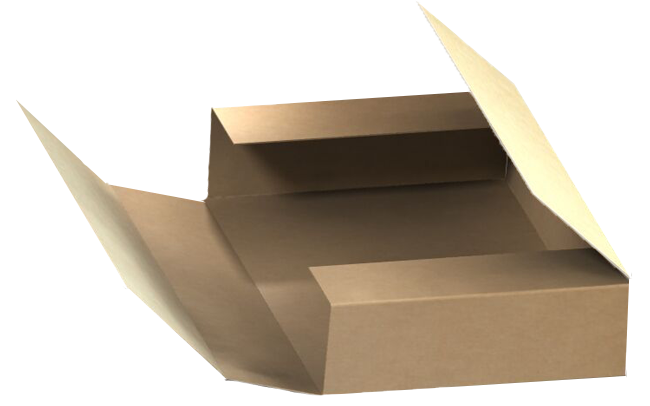M-Line Blog

Product Packaging and Shipping’s Impact on Sustainability

Organizations worldwide increasingly recognize the importance of integrating sustainability into their business models. While definitions vary, sustainability typically refers to the social goal of making it possible for people to co-exist on Earth over the long term. Elements include the careful management of resources, which could include efforts to recycle, reuse, or repurpose products, including their packaging.
The many costs of poor packaging
M-Line understands that the fallout from poor packaging can reverberate far beyond your shipping dock in terms of damage, expense, and poor customer satisfaction. For example, a customer receives a damaged product due to poor packaging. The customer contacts your customer service department to report the damage, with both parties generating labor costs in dealing with the problem. Not only does your labor take a hit during the communication process, but you will now need to send a replacement product. This means now additional time and money put towards making and sending the new product. There are freight costs in returning the product, warehouse return processing charges, warehouse labor expenses, new product and packaging charges, and freight costs for delivering the replacement product.
Beyond these tangible costs, poor packaging can generate intangible costs like customer dissatisfaction and brand dilution, resulting in fewer sales in the future.
Sustainability also takes a hit
These costs add up quickly and for larger companies could range into the millions of dollars to make right. One analysis estimates that one in ten eCommerce packages arrives damaged, which translates to 860 million reshipment instances involving two major shippers alone.
In terms of sustainability, damaged packaging with related returns and other actions can add to pounds of solid waste in landfills, trees harvested to produce boxes, gallons of fuel consumed to ship returns and replacements, and kilowatt hours of electricity expended to make things right. Other negatives include associated carbon dioxide gas emissions, methane gas emissions, and other waste.
Perhaps the largest cost involves the impact in terms of customer lifetime value. One study found that nearly three-quarters of companies said they would be unlikely to buy from a business that delivered a damaged item.
How M-Line can help
As custom packaging engineers, we develop a packaging solution around your specific product, and that product’s shipping and storage environments as well as the customer experience. This approach creates packaging that best protects your product, resulting in happier customers and less damage and waste.
Our packaging experts also help align your packaging design and materials with your sustainability goals. We understand the philosophy of sustainable shipping, from recyclable or reusable packaging to the best advice on how to dispose of packaging materials in an eco-friendly manner.
Contact M-Line to learn how better product packaging design can help achieve your business’s environmental impact.
